Choose language
Hydraulic infrastructure
Hydraulic infrastructure
Within the Hydraulic Infrastructure sector, SICE undertakes engineering, construction, conservation, operation and maintenance services, as well as other highly qualified tasks derived from its in-depth knowledge of these systems. The company offers a comprehensive service: catchment, drinking water treatment, waste water treatment, and finally return to the natural environment.
SICE is able to offer these services for such large infrastructures as dams, distribution and irrigation canals, urban ornamental fountains, supply systems (DWTPs, pipelines), sanitation (WWTPs, collectors, sewers, effluent reuse) and desalination.
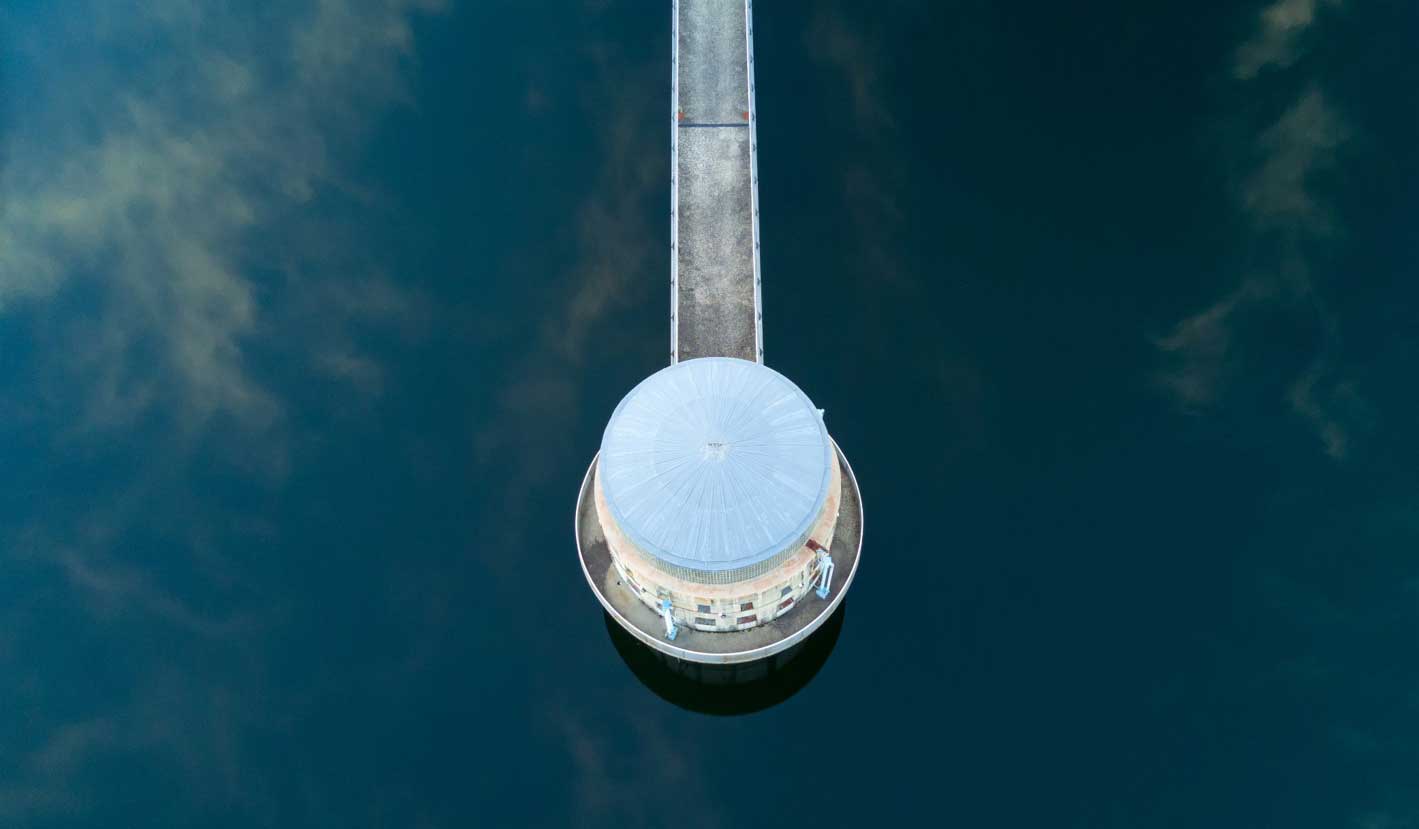
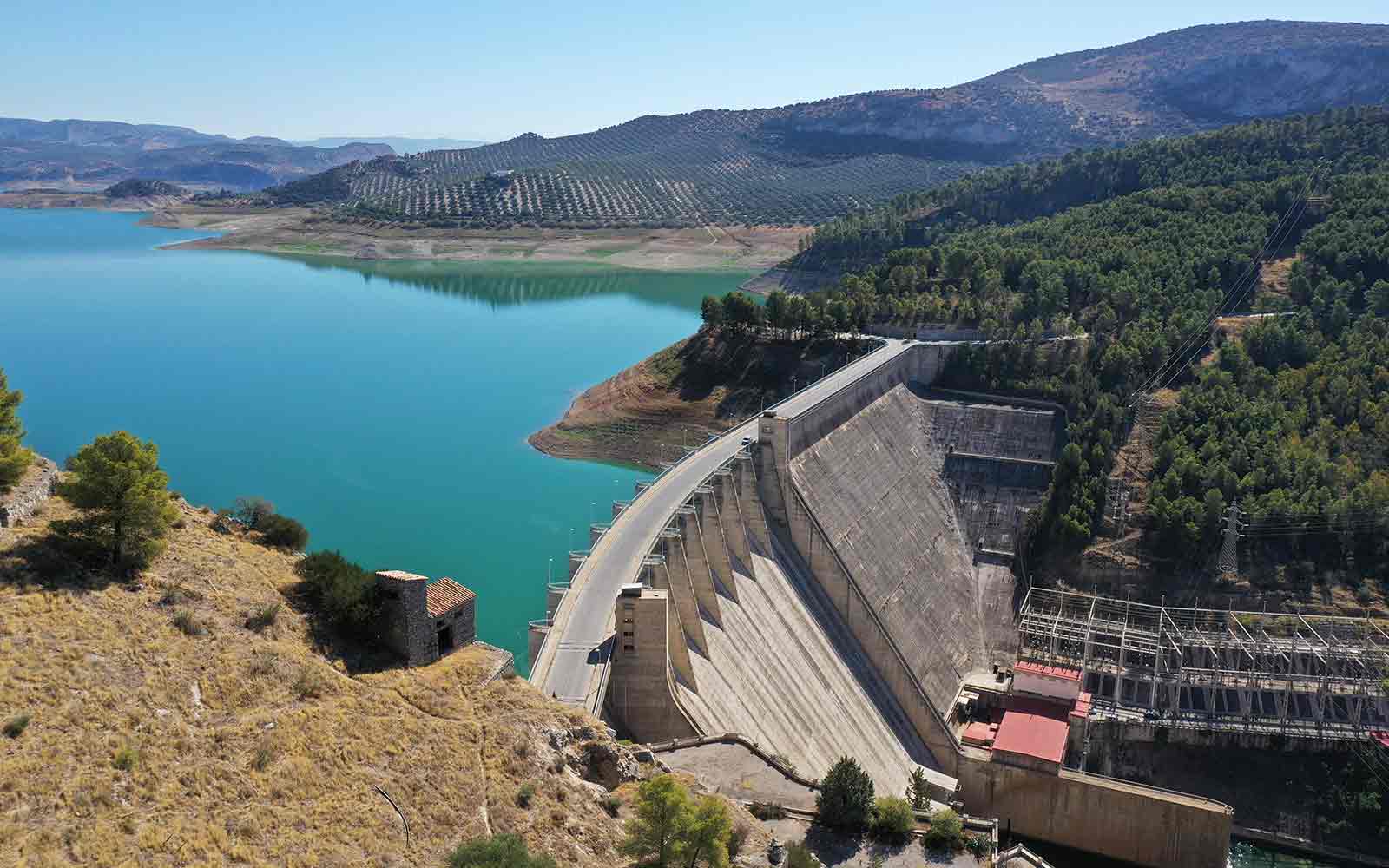
SICE offers all the services needed for dam maintenance:
It also performs the necessary work for the implementation of emergency plans for dams, in compliance with the basic guidance for Civil Protection planning in the event of flood risk and the Technical Regulations on the Safety of Dams and Reservoirs. All work to be carried out can be classified into four general categories:
SICE provides exploitation, operation and maintenance services, with its own highly qualified personnel, for both Upstream and Downstream Water Supply Networks, as well as Drinking Water Treatment Plants (DWTPs). Personnel management, ordinary and specialised maintenance, system operation, energy management and consumption optimisation, waste management, analytical control, etc. are some of the tasks usually carried out in this type of project.
The tasks that make up the operation and maintenance of a supply system can be classified into two sections:
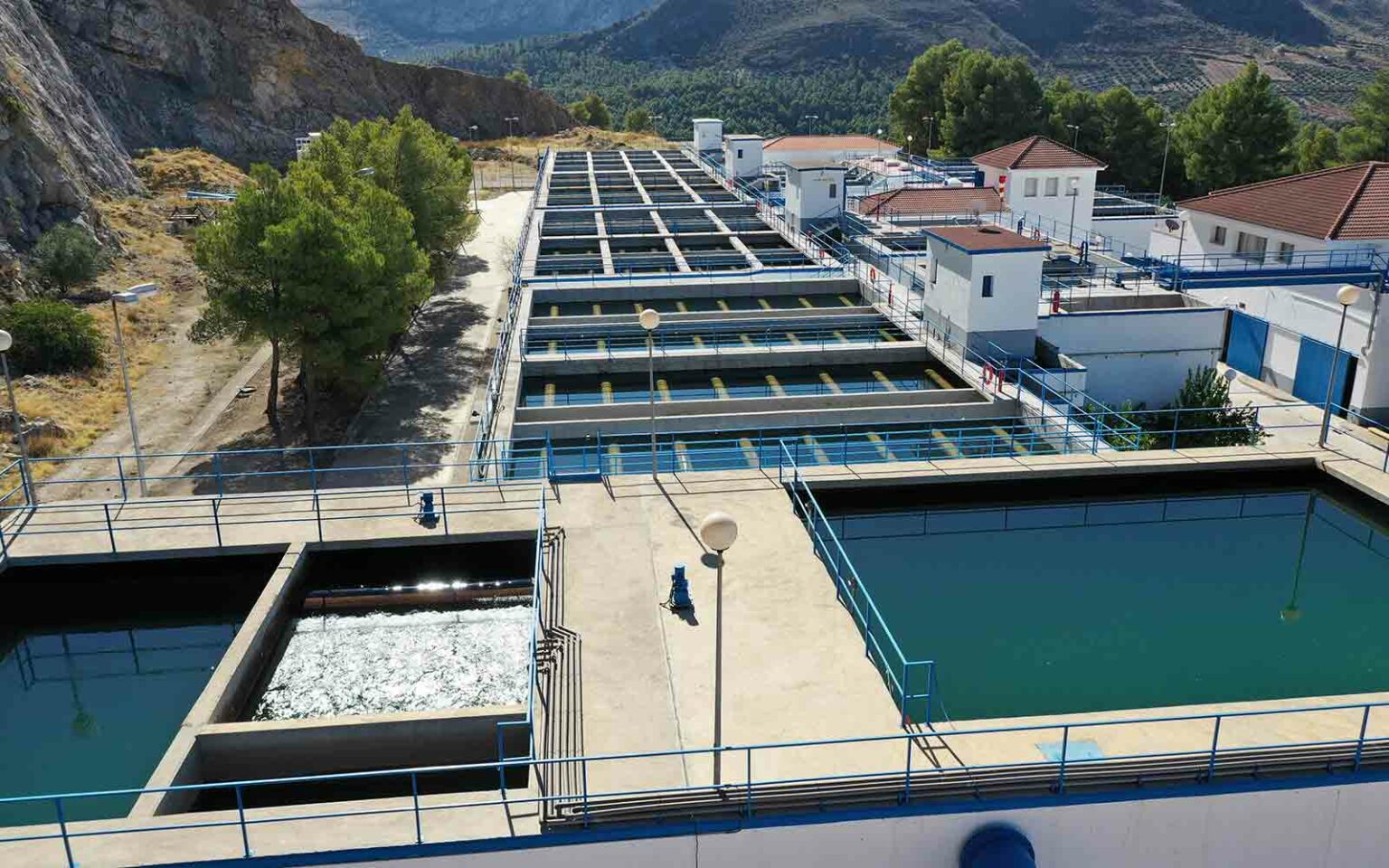
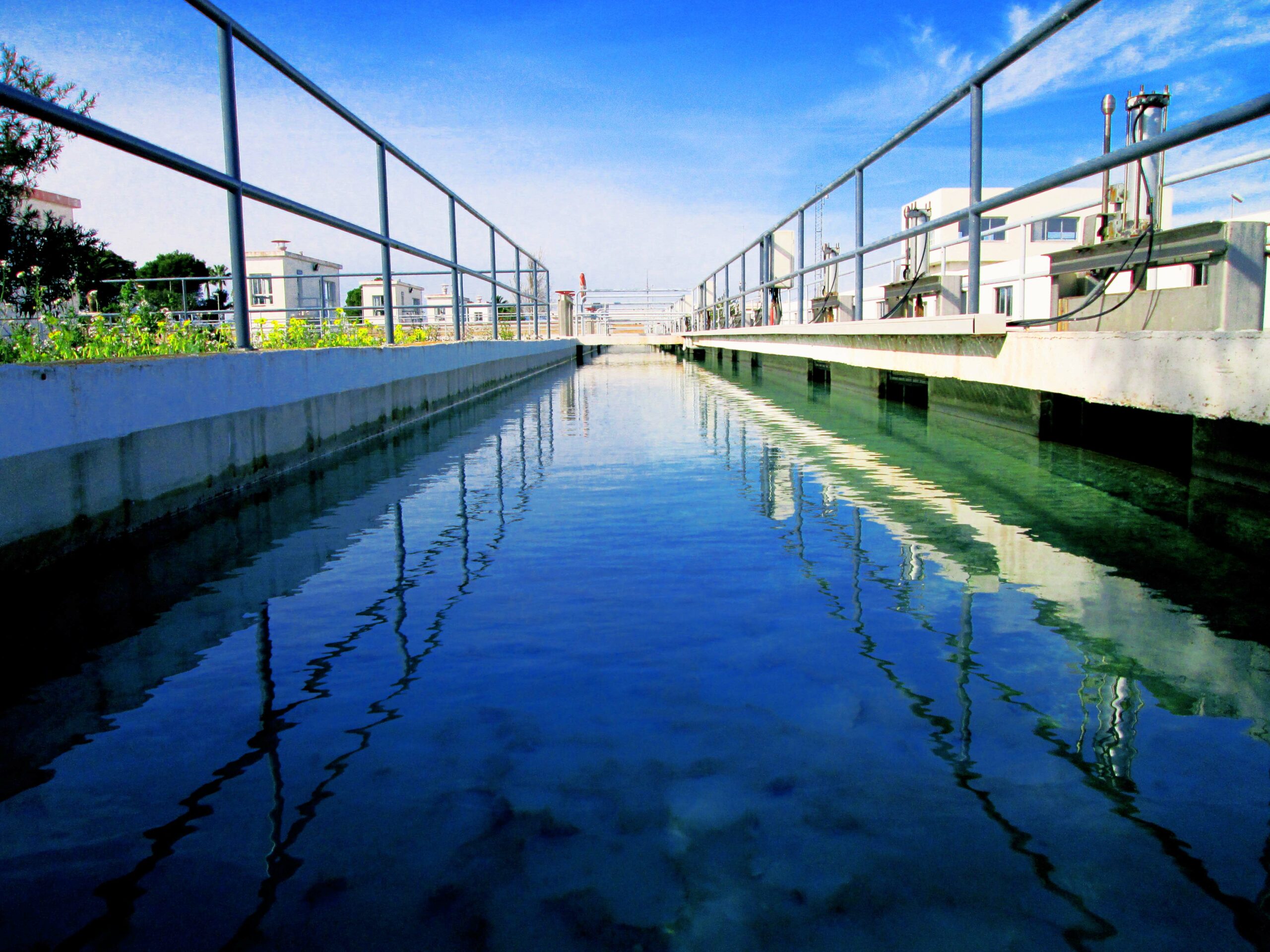
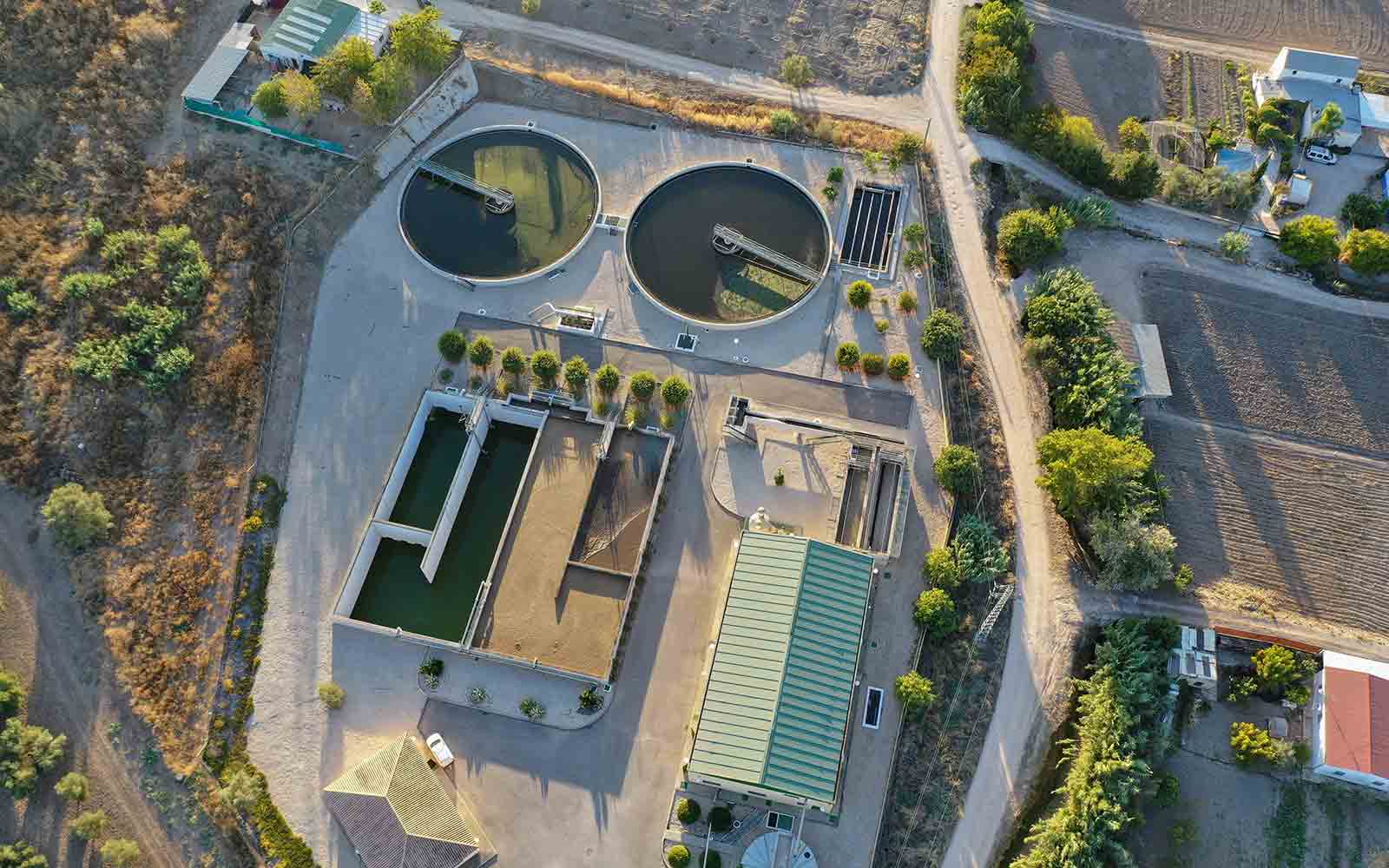
In the sanitation and wastewater treatment sector, SICE has two lines of activity:
SICE carries out projects in large infrastructures such as sewerage systems: collectors and outfalls, WWTPs and tertiary effluent reuse treatments. The company designs and builds facilities for the complete treatment of all influent urban and industrial discharges to achieve the necessary degree of purification, to meet the limits set in the discharge regulations at all times. The aim is to find a suitable solution taking into account the process line adopted, dimensioning in a broad sense the units that make up the station, so that they can absorb the variations in flow rate and pollutant load that may occur in relation to the basic parameters established. The aim is also to provide the facilities with the flexibility needed to facilitate operational manoeuvres, to design each element of the treatment plant so that it forms a harmonious whole, and to architecturally adapt the buildings and green areas to reduce the visual impact.
SICE also carries out projects in other types of large infrastructures, such as dams or distribution and irrigation canals, urban ornamental fountains, supply systems (DWTPs, pipelines), sanitation (WWTPs, collectors, sewers, effluent reuse) and desalination.
In the treatment of wastewater, SICE always proposes achievement of the performance levels established in the applicable legislation in force, with the minimum economic and social costs and minimum environmental impact. A Waste Water Treatment Plant (WWTP) is operated by means of two groups of tasks: the operation of the treatment system and the maintenance of the infrastructure.
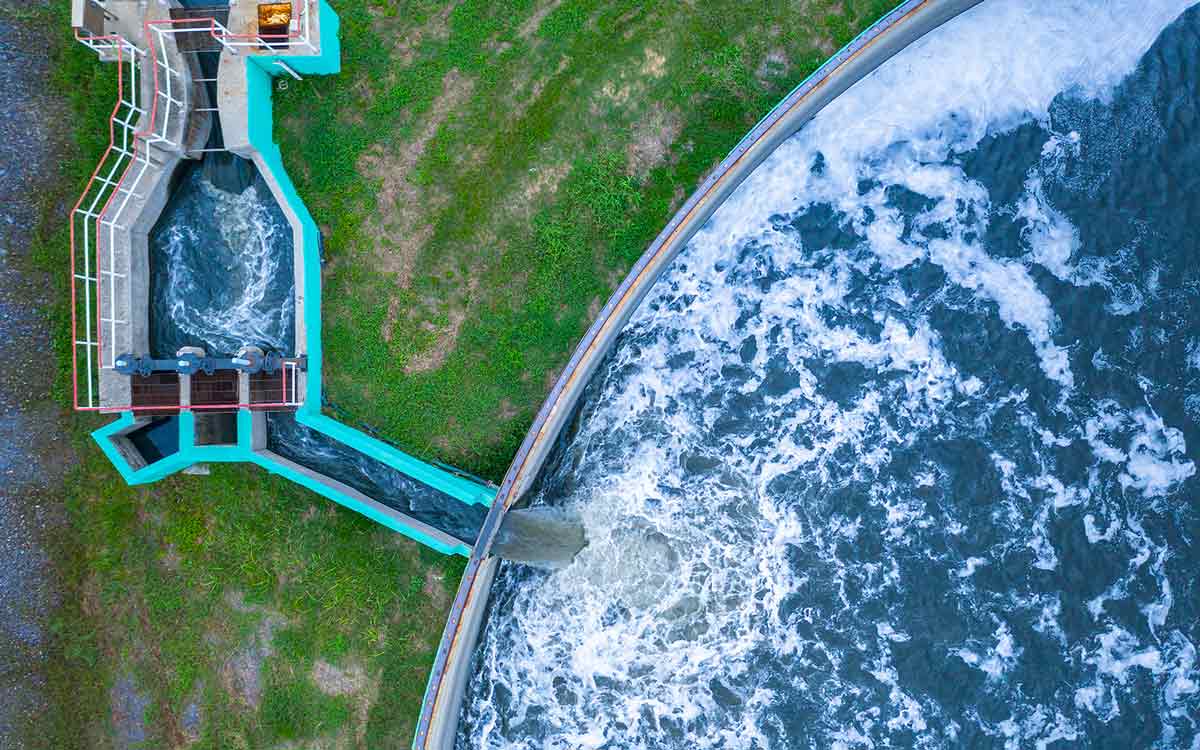
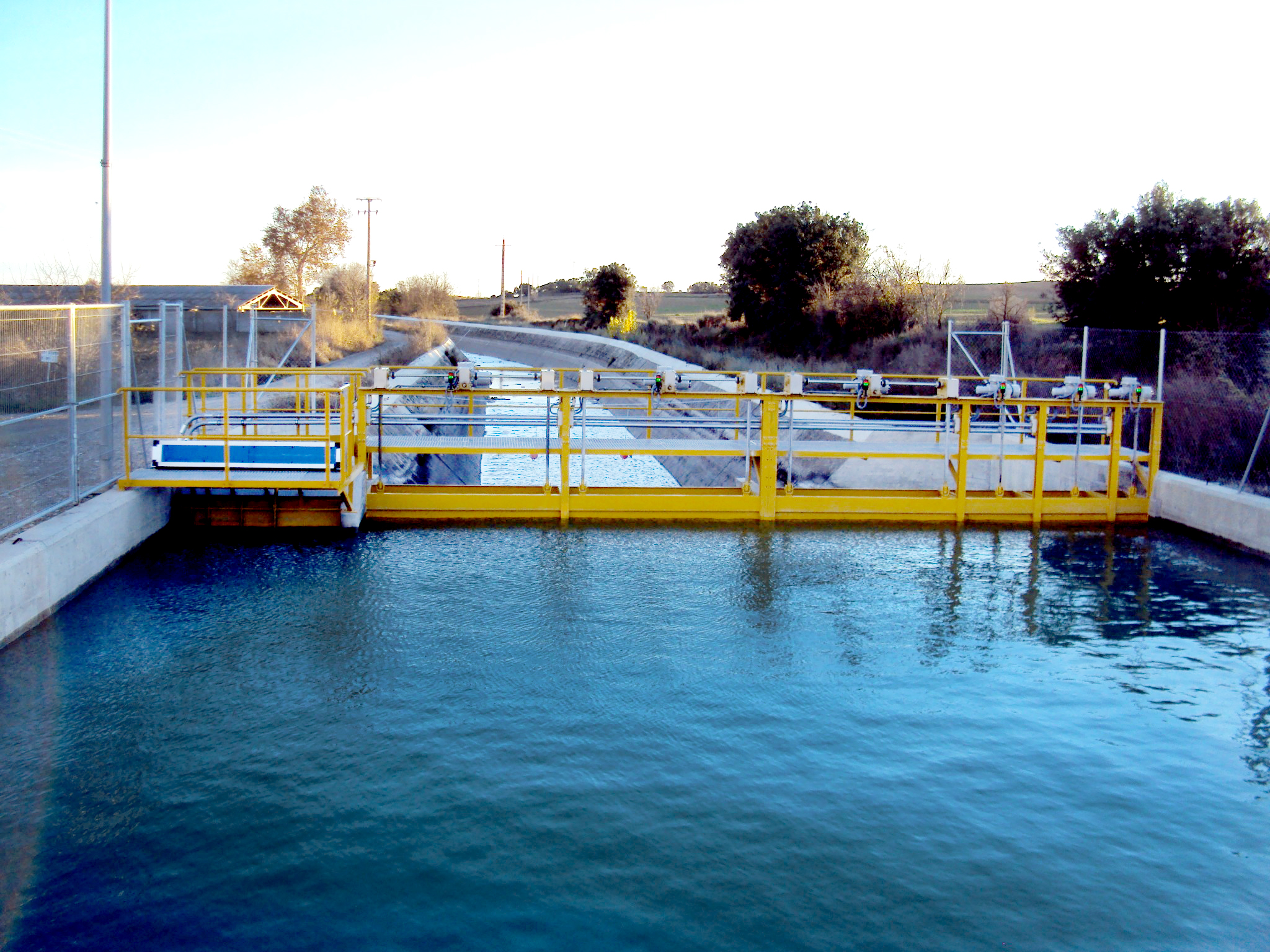
Within this area, SICE provides a wide variety of technological services, from the laying of fibre optics for communications, telecommunications for the control and manoeuvre of hydraulic closing and regulation elements, and the installation of these elements, down to the implementation and updating of control and data acquisition systems (SCADA), etc.
Centralised Control Projects are also carried out: information systems in charge of capturing, transmitting, presenting and processing descriptive information on hydrological, hydraulic and water quality status, for comprehensive management of the system from a control centre, integrating other subsystems such as Hydraulic Modelling or Decision Support. These infrastructures are overarching in scope, as they include actions at each water delivery point (installation of valves, meters, actuators and data transmission stations), in the area affected by the system (communications network) and at the Control Centre.
The execution of “EPC” (Engineering, Procurement and Construction) projects for remote control, remote monitoring and automation of all processes for the transport and treatment of drinking, irrigation and waste water lies within SICE’s operational portfolio.
The automation and control of linear and single-point hydraulic infrastructure offers a number of advantages:
The main automation solutions are:
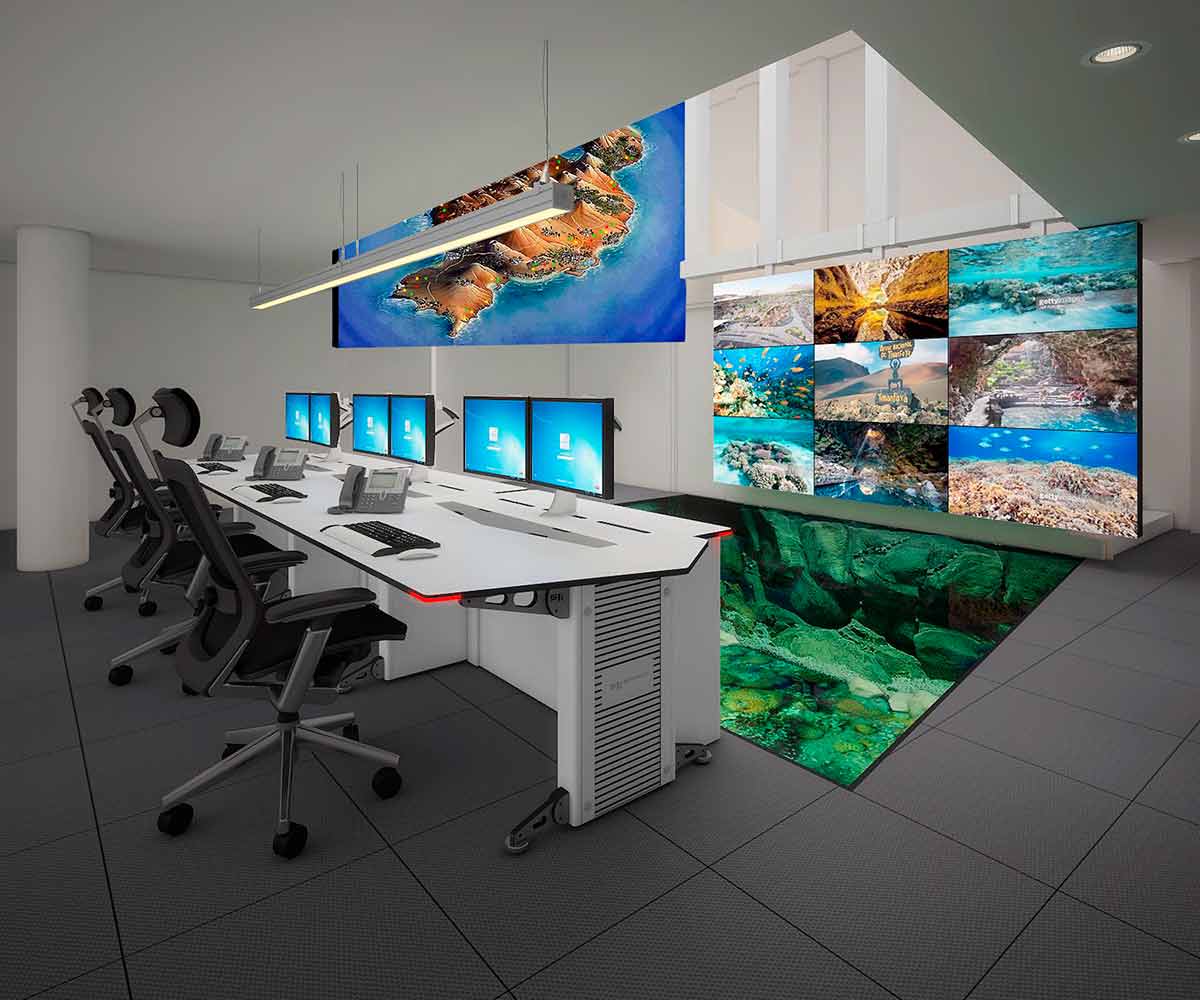
This collects the necessary information as to the state of the infrastructure to be controlled: level, flow rate, quality parameters, position of gates and valves, etc.
Equipment to regulate or move water, such as valves, pumps, motors, regulating gates, etc.
Allowing systems to function properly, guaranteeing the electricity supply at all times, with an increasing role for photovoltaic systems and UPS.
They capture information from field equipment to be sent to the Control Centre. Control and regulation of equipment such as pumps, valves, gates, etc.
To transmit the infrastructure status data to the Control Centre and the operating instructions from the Control Centre to the remote stations.
SCADA and other applications are used to manage the operation and maintenance of the water infrastructure.
Modern hydraulic modelling tools serve to enhance response strategies in every situation.